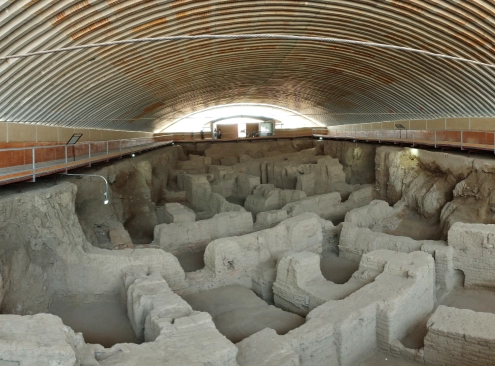
Ecbatana in Hamedan, Iran (Ruins, History, Map, Photos)
/
0 Comments
Did you know that Ecbatana was recently included in the World…
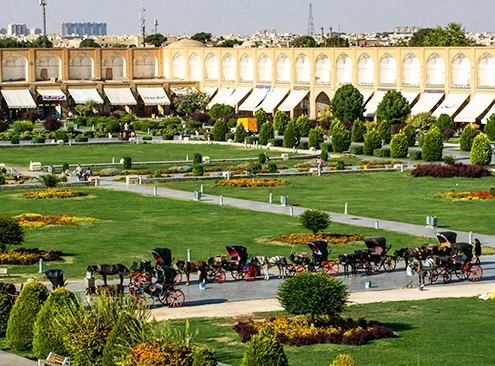
What Is the Symbol of Isfahan?
Isfahan, also famous by its other name, the half of the world,…

Baba Tahir Oryan Hamadani (Biography, Poems, Tomb)
Baba Tahir Oryan is considered one of the eminent mystics and…
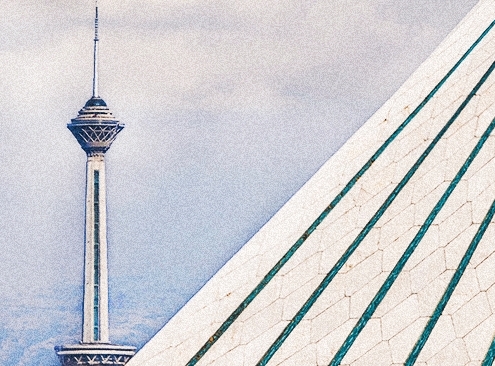
What Is the Symbol of Tehran?
Tehran, the capital city of Iran, like many commercial cities…
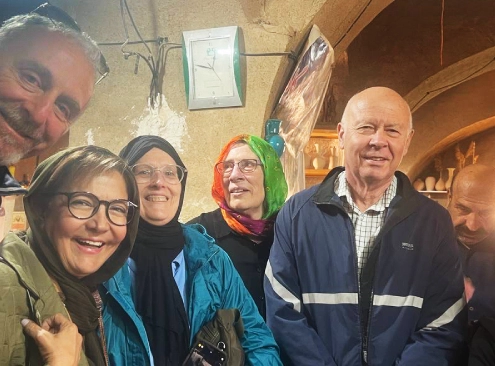
Is Iran Safe for American Tourists in 2025?
In 2025, Iran has hosted many tourists from all around the world.…
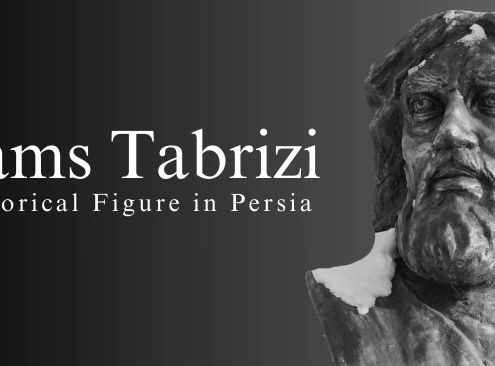
Shams Tabrizi (Biography, Quotes, Poems, Miracles)
If you are an individual who shows a deep love for Persian…
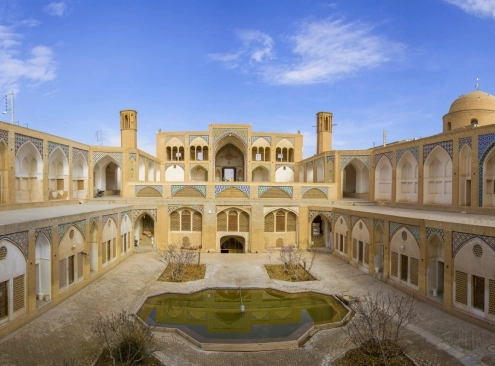
What Is the Symbol of Kashan?
Come and learn about the special signs of Kashan. They show…

Sanandaj Bazaar (Shops, Photos, Opening Hours)
In the heart of the Middle East lies one of the most historical…

Ibn Sina or Avicenna (Biography, Books, Religion)
Ibn Sina, nicknamed Sharaf al-Mulk, Hujjat al-Haqq, Pur Sina,…

New Julfa, Isfahan, Iran (Religion, Map, Photos)
Isfahan is a city of rich history and the golden capital of delicious…

Who Is Rumi? (Quotes, Poems, Books, Full Name)
Iran was home to many artists, writers, and poets. Once upon…
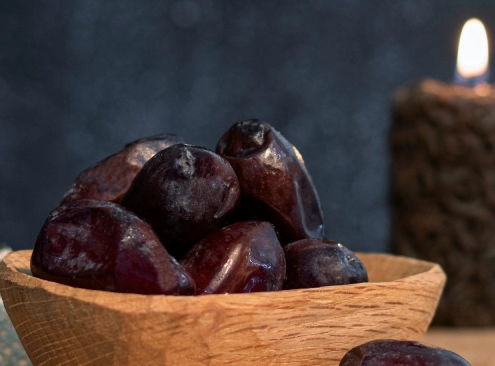
What Is Eid al Fitr? (History, Meaning, Eid al Fitr 2025 Date)
As we approach the end of Ramadan, the holy month of Muslims,…
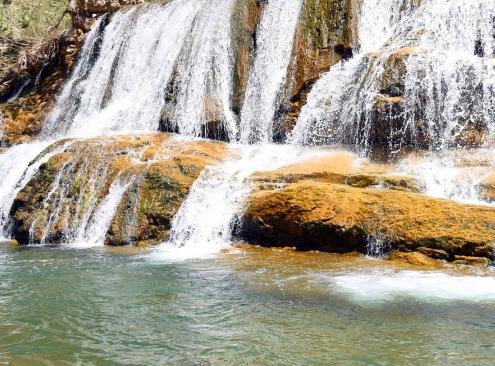
Gerit Waterfall, Lorestan (Location, Facts, Photos)
Located within the fascinating landscapes of Lorestan, Iran,…

Shirez Canyon, Iran (Things to Do, Map, Facts, Photos)
Visiting different parts of Iran in the time of spring is a fun…
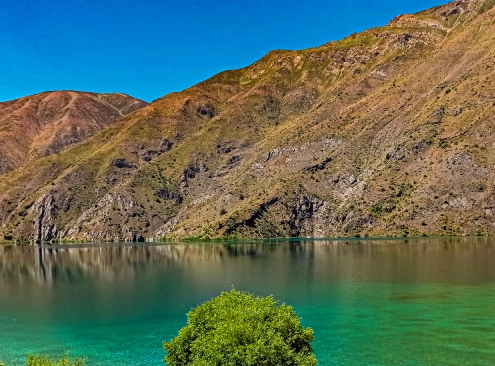
Gahar Lake, Lorestan (Fishing, Facts, Map, Photos)
There is a beautiful gem among the surrounding mountains of Iran,…

What Is Henna? (History, Benefits, Facts, Henna in Iran)
The Art of Henna Designs is widely used in different regions…
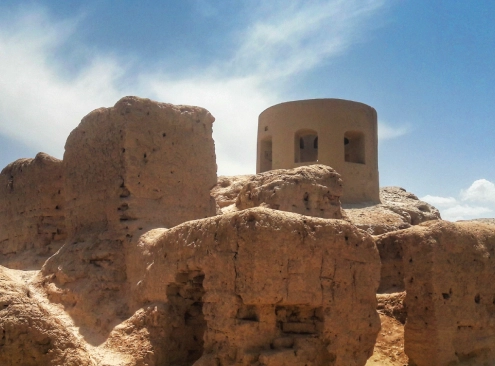
Fire Temple of Isfahan (History, Photos, Reviews, Location)
Isfahan, the most beautiful province in Iran with a wide variety…
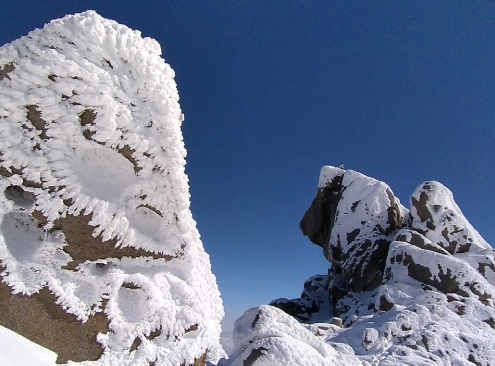
Alvand Mountain, Iran (Hike, Meaning, Height, Weather)
In the middle of Iran, there's a big mountain called Alvand.…


